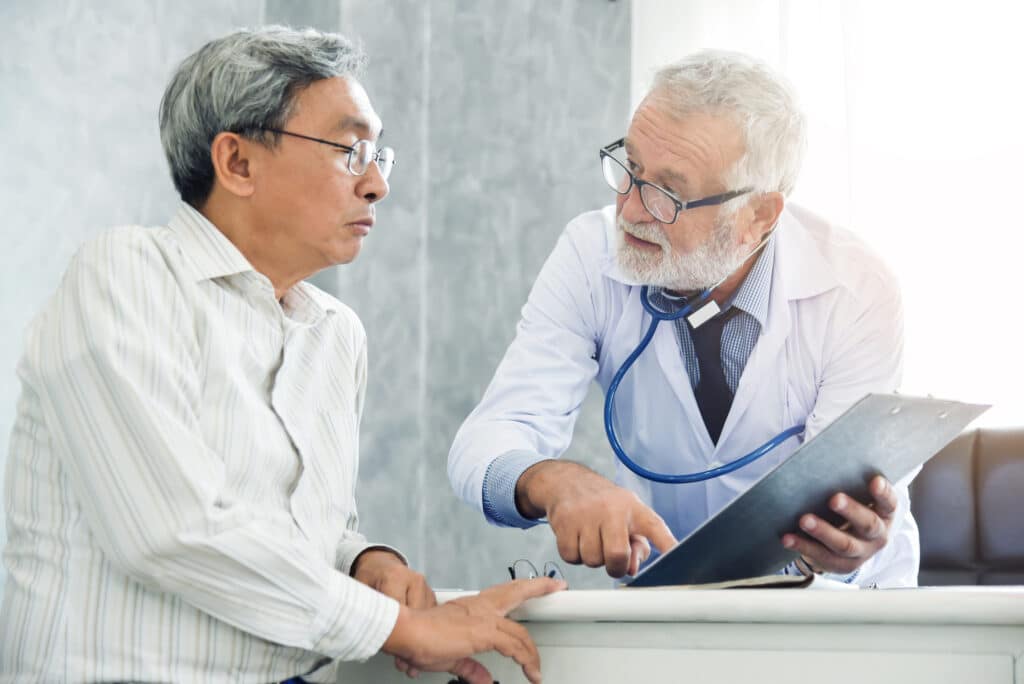Esophagogastroduodenoscopy (EGD) is a procedure to examine the inside of the esophagus, stomach, and duodenum. During an EGD procedure, your specialist in Concord will insert a thin flexible tube with a camera and light attached into your mouth. The tube allows your doctor to view the lining of your esophagus, stomach, and duodenum. The camera will transmit images to a monitor in the procedure room so that your doctor can determine if there are any abnormalities present.

EGDs are commonly performed to diagnose or assess conditions such as:
At your arrival, you will be asked to sign a consent form and remove any jewelry, eyeglasses, dentures, or other items. Your gastroenterologist may spray your throat with a local anesthetic or provide a sedative to help you relax.
During the procedure, your doctor will position you on an exam table and insert the endoscope into your mouth. The endoscope transmits images to a monitor in the procedure room so that your doctor can examine the inside of your esophagus, stomach, and duodenum. The procedure typically lasts between 15-30 minutes. Most patients consider the test only slightly uncomfortable, and many fall asleep during the procedure.
After that, you will be monitored for 30 minutes after the procedure is complete. Your gastroenterologist may prescribe medications or recommend dietary changes depending on the findings from your EGD.
Specific instructions for EGD procedure prep will be provided by your gastroenterologist in Concord prior to your procedure, but all patients should prepare to:
View Northeast Digestive Health Center's complete EGD prep instructions.
Yes, your stomach will need to be empty to allow your doctor to visualize your digestive tract during capsule endoscopy.